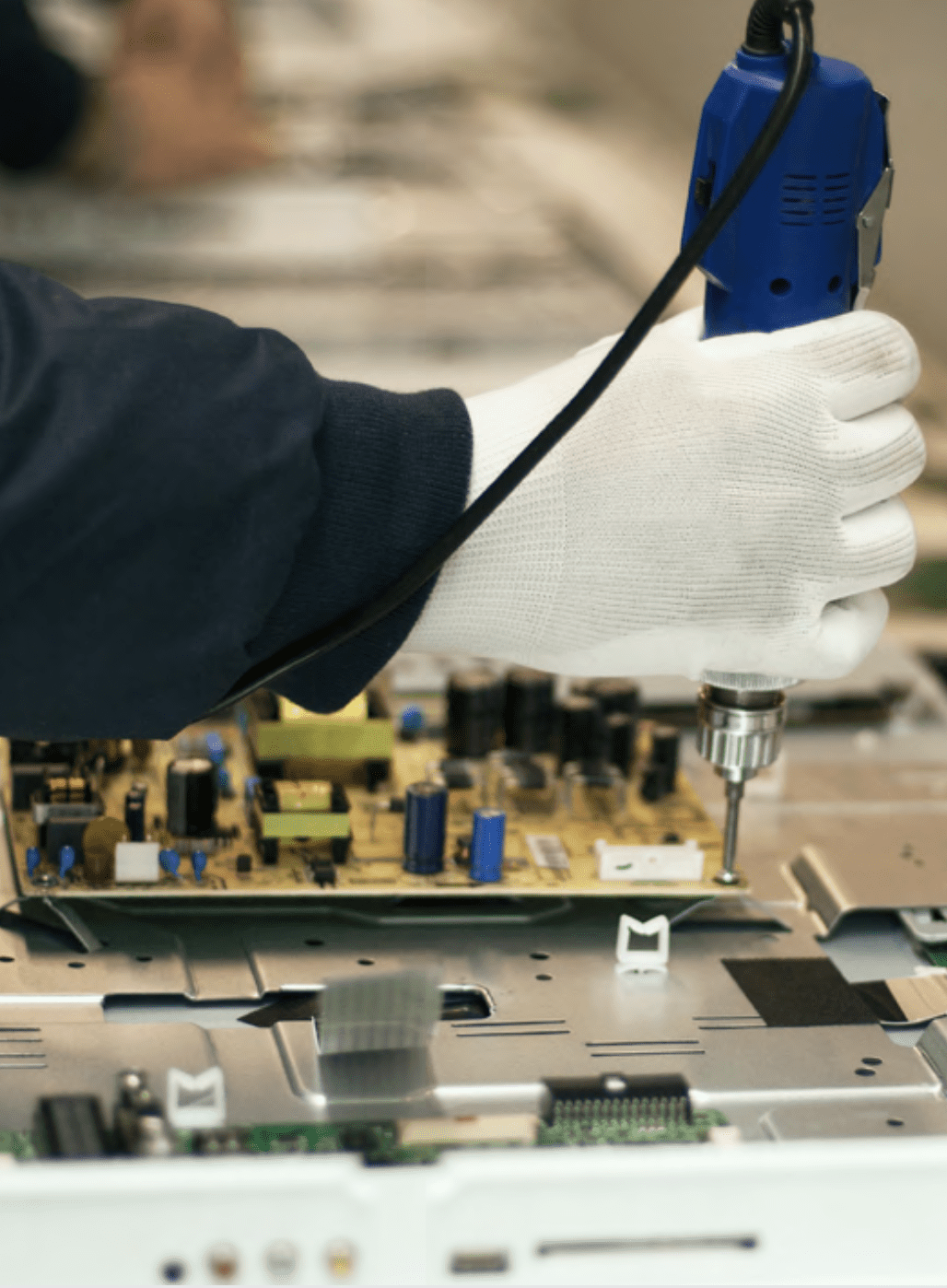This interview, with Niall Strachan, director of product at UK-based Arm’s Pelion IoT business, is taken from a new Enterprise IoT Insights editorial report, called ‘Crossing the IT/OT divide – co-creation, co-configuration, and how to bring industrial IoT to scale’. Go here for the report.
Can you talk about Arm’s approach to selling in the industrial IoT space?
Niall Strachan: “We are involved with so many different types of customers. We have early-stage projects, which can take two years of collaboration to make successful. We have established customers, who want better technology and commercials. And of course we work with people deploying on Arm technology, as well – silicon, processors, microcontrollers.
“A lot of business in industrial IoT comes from organizations that aren’t used to deploying devices or are moving into as-a-service models. Our aproach is very horizontal – to support all these different engagements. And we look to the future – five and 10 years out.
“We cover the whole thing – from chip to cloud; from helping write applications on the hardware, through to everything around managing the connectivity, device, and firmware.”
Which industrial manufacturing sectors are most advanced with industrial IoT?
Strachan: “Some verticals are well established, with a clear path. The market for smart meters, say, is well defined – manufacturers want to reduce battery cost, and make it quicker to connect. So you can quickly move towards specific tech advancements – like from SIM, to eSIM, to iSIM, or forwards with NB-IoT or LTE-M.

“The ecosystem for meters is well established, around device manufacturers involved, solutions providers, and the utilities companies themselves. There’s a lot of collaboration, around business models and the regulatory environment as well.
“And the margins are tight, so it is focused – because these devices are required to gather and process data, and operate cheaply. The lifecycles are long, too. We are working on smart meters for 2023.”
Will NB-IoT and LTE-M win out in the metering market in 2023? Is there a shift towards those technologies?
Strachan: “I don’t think the question of which technology will win really works in metering because the technologies will be quite fragmented; NB-IoT will be in some countries, LTE-M in others, others will adopt LoRaWAN and Sigfox. It is more about the value being generated out of general LPWA tech. That is what the market is thinking about; we are just very focused on cellular, and reducing the costs of cellular.”
Can you talk about the evolution of the SIM card in manufacturing?
Strachan: “Every smart meter manufacturer wants to reduce the cost of the hardware and manufacturing. And the model, from a couple of years ago – with SIM cards for every operator in every country – is a focus for them. The market is moving towards an integrated SIM as part of the chip design.

“It is about identity and security management, but it brings the build cost down and makes the hardware smaller and more efficient. Which is what everyone wants. It is a non-standardized solution at the moment, so we’re working with key partners in the regions, like Vodafone, to really push it.”
Is Arm serving the manufacturing sector from the point of view of digital factories, or only for connected products?
Strachan: “We are very much about building connected products, but those may go into smart manufacturing – or smart spaces and connected working, as other key verticals – as part of a fuller solution. We work with partners in the smart manufacturing space to build-out that wider vertical.
“We work, for example, with a company called Gardner Denver, which deploys connected generators to pump air around smart factories. That’s all you can hear in these facilites – the sound of air being pushed around. Its tagline is it is outside the smart factory, but powering it still.
“It had to change quickly, because factories no longer wanted to stump up for high-power compressors when the production is so variable. So it moved to an as-a-service model, with a third-party platform and third-party hardware, and the Pelion system for connectivity.
“All of a sudden these machine are running third-party everything, but the business had moved to an as-a-service model – with a connected airline that can be dialled up and down according to production activity. They’re selling connected air, and they’ve deployed millions of connected compressors and blowers around the world.”
What do you make of the idea the industrial IoT market is going from proof-of-concept to proof-of-value?
Strachan: “That’s right. The last 10 years has been very much about proofs of concept, where one in 10 are successful. The industry is moving beyond that now. Arm offers data management, which is really enabling the marketing and customer facing sides of large enterprises.
“And what they find is these IoT devices are part of the solution, but they’re not the value-part. Customers want the outputs. The model is changing from ‘I am going to buy 10 things, and I want an analytics dashboard for them’, to, ‘I want better insights about my business, and IoT is the enabling factor for that’.”
Do enterprise know the insights they want when they start out, or is it still a suck-it-and-see type of exercise?
Strachan: “They know they want to make more money. They are looking at investing in technology to get more insight. But the people in sales and marketing don’t care about the sensor in the door, or the code in the app. They just care about the outputs.
“And collaboration is very much part of it because there’s not many vendors out there that can do the whole thing themselves. With connectivity, say, there has to be collaboration – with local operators in the markets, around local technologies.”
How do you scope out the value? Is it the case that you start with what you know, where value has been shown, and build from that?
Strachan: “There is a total-impact value around what is essentially the enabling solution. But that doesn’t come until it has been done once – so you can say previous deployments have achieved certain results.
“We’re doing a similar exercise at the moment around the value from working with Arm on connectivity, where a customer can deploy in multiple regions at the same time – instead of interacting with different teams, platforms, invoices. It becomes quite complex, quite quickly – that’s where the value is.
“We can give a single vendor experience to make it simple for the customer, to focus on deploying devices and selling into market, as we manage the ecosystem behind the scenes. We have a good calculator to work out ROI there.”
Will more sophisticated versions of these solutions, beyond isolated data gathering, only really work with if the domain expertise is plugged into the solution of the start, as well as the IT and traditional tech expertise?
“Yes, that’s the shift – that build-versus-buy component. On the OT side, as machine learning is deployed at the edge, customers want help to maintain and improve those systems, as especially as they scale.
“These terms – IoT, AI, ML – are massive in terms of hiring. It’s a weird middle ground, where the market is operationalizing all the things that have happened in standard IT and bespoke IoT. They are coming together.
“And it’s a good thing – because Arm is providing the technology to innovate on top. We are in the middle of a lot of industries. All we do is collaborate, from the silicon to the analytics. And the coming-together will accelerate innovation.”
Check out the new Enterprise IoT Insights editorial report, called ‘Crossing the IT/OT divide – co-creation, co-configuration, and how to bring industrial IoT to scale’.

